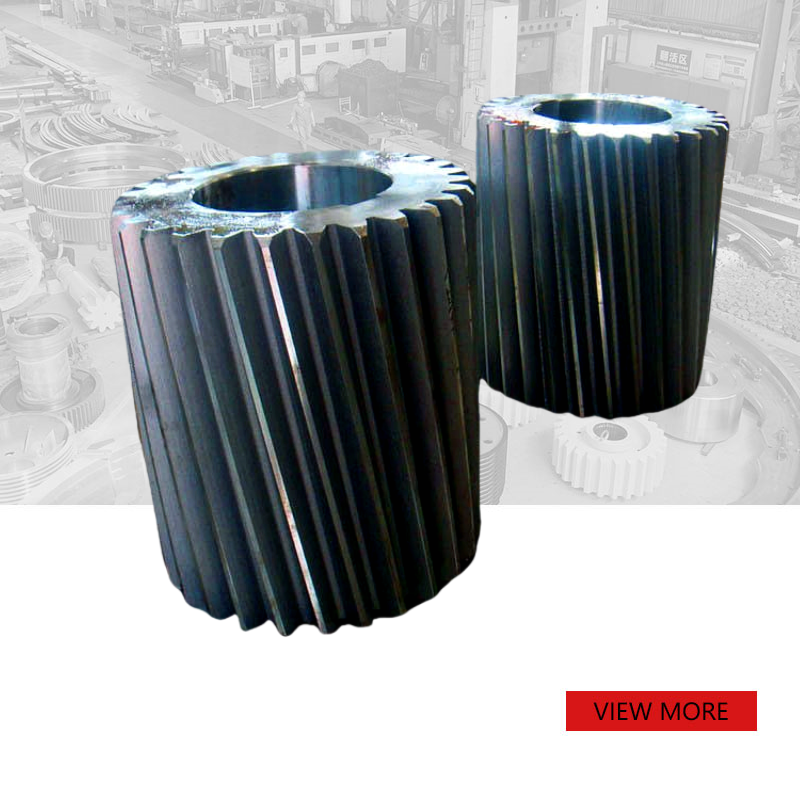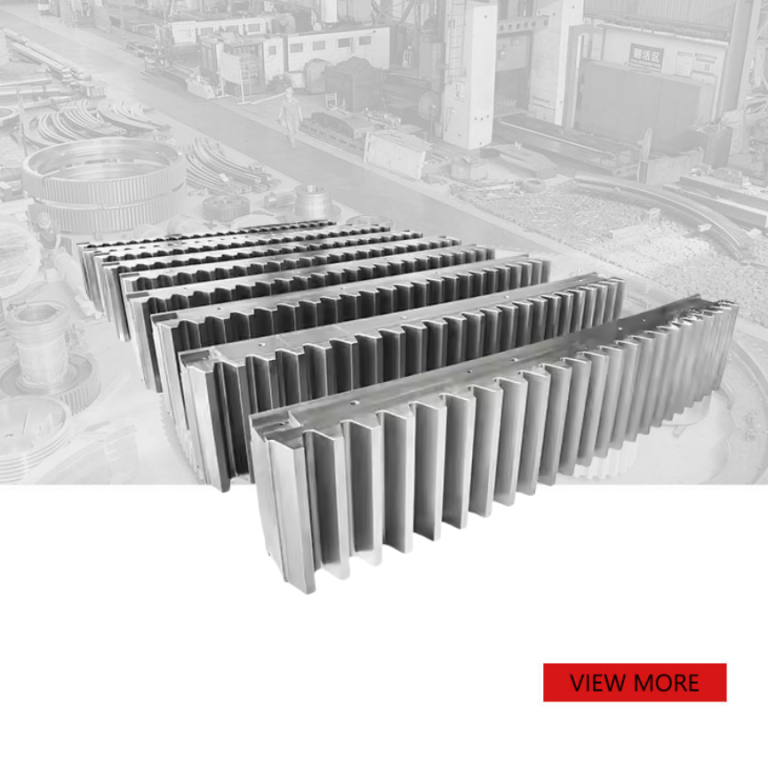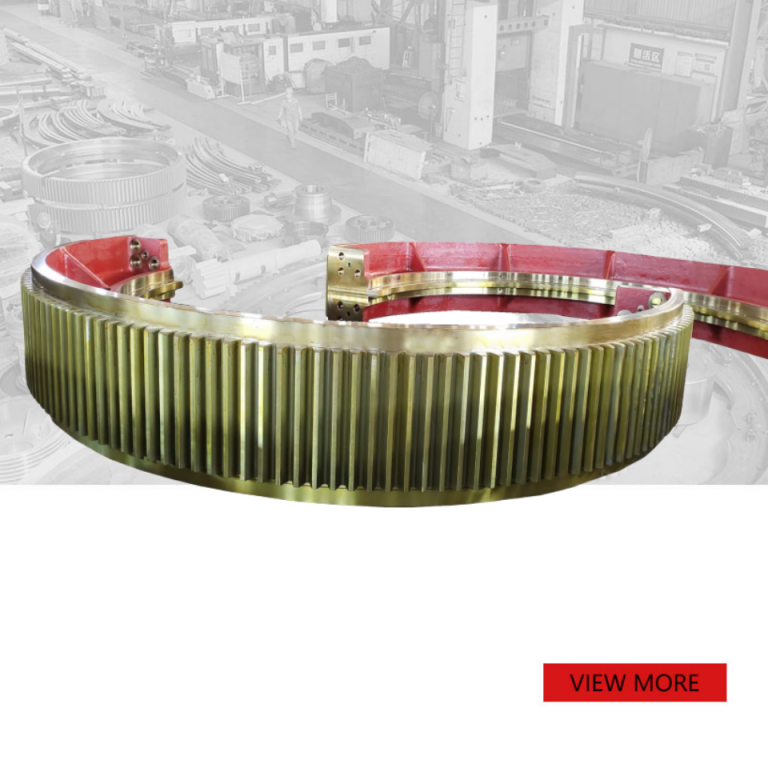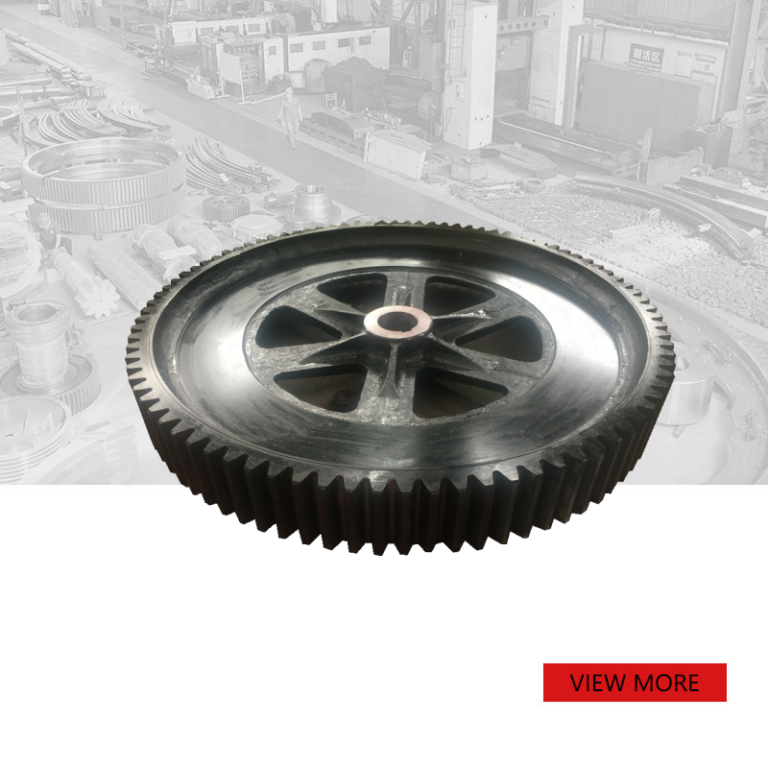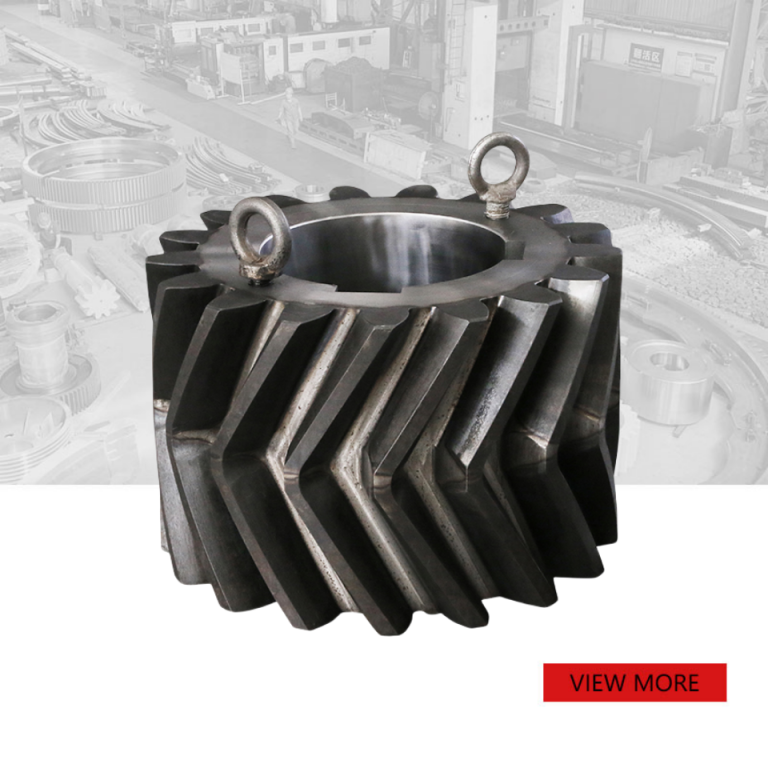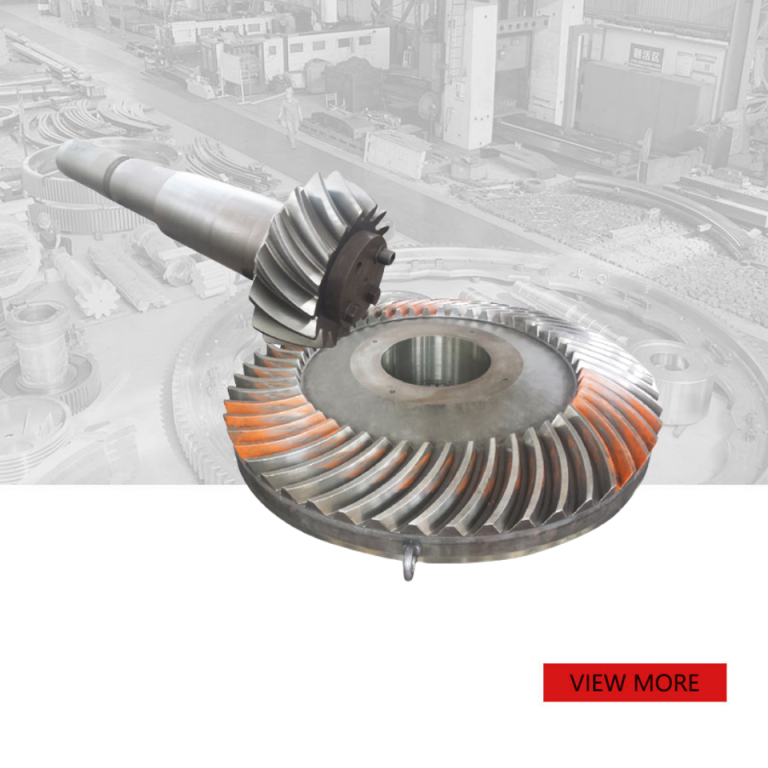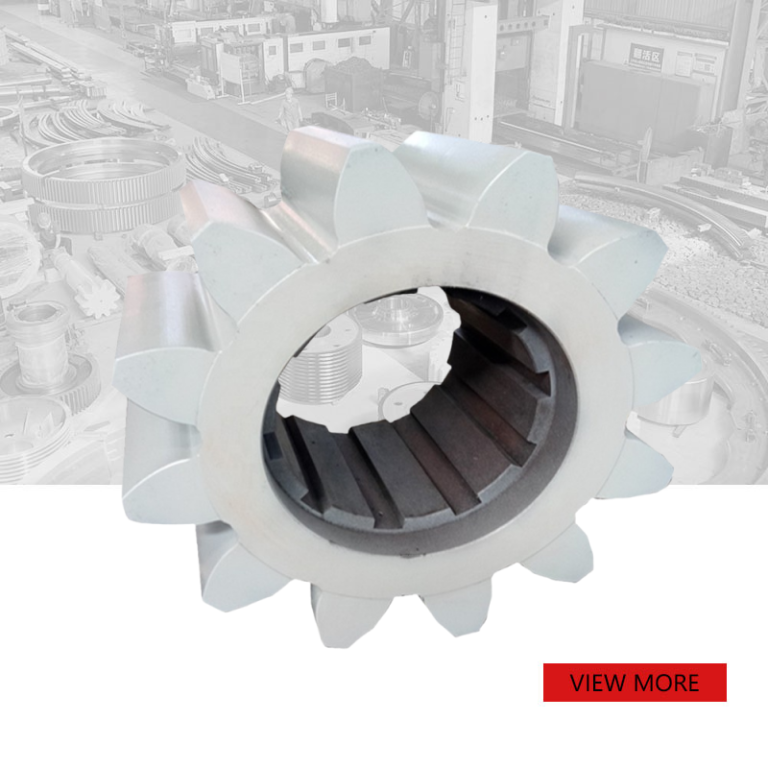
Forging AISI4140 non-standard large Helical gear for ball mill
PRODUCT PARAMETERS
Description
一. Overview
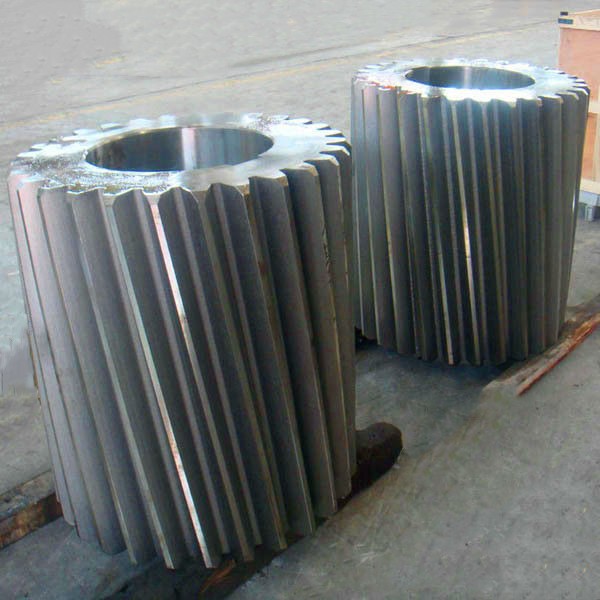
| Module | 8-120 |
| Pressure angle | 20° |
| Helix angle | 25° |
| Tooth direction | Left/Right |
| Material | 8-120 |
| Heat treatment | QT |
| Surface treatment | Surface hardening/Surface carburizing |
The helical gear is a gear whose tooth surface is tilted at an Angle (not 0 or 90 degrees) to the axis. Helical gears operate more smoothly and with less noise than spur gears because multiple teeth are in contact at the same time to distribute the load evenly. It can transmit power and motion and is suitable between parallel or staggered axes.
二. Features
Helical gears are characterized by teeth that are tilted at an Angle to the axis, providing smoother, quieter operation and allowing greater contact ratios to withstand higher loads and speeds. Compared with spur gears, the progressive meshing of helical gears reduces impact and noise and improves transmission efficiency. In addition, helical gears can be used for power transmission between parallel axes or staggered axes, and can generate axial forces, which need to be considered when designing.
三. Production Progress
1.Forging
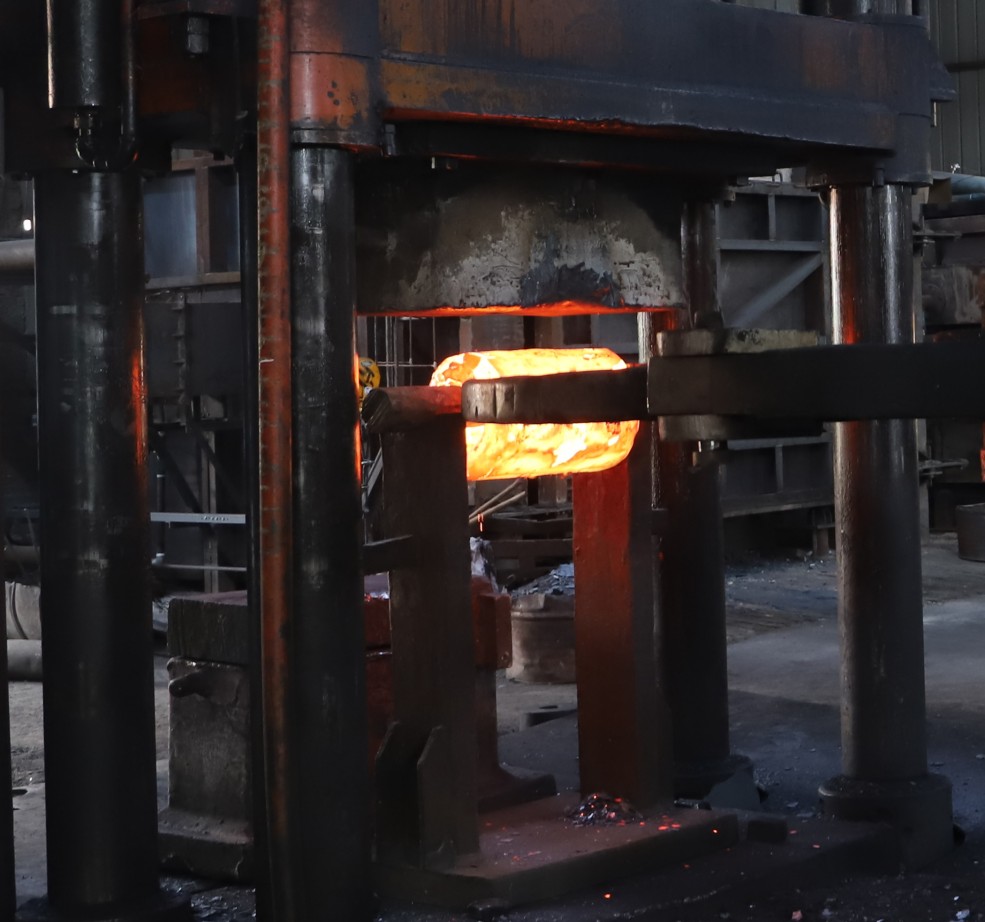
Choosing the forging process to manufacture helical gears has many advantages. Forging can optimize the grain structure inside the metal, increase the strength and toughness of the material, and make the gear more durable and reliable. This process helps to reduce material defects such as pores and cracks, ensuring the quality consistency of the gear. In addition, forging can achieve near-net forming, reduce the amount of subsequent processing, and reduce production costs. At the same time, it is suitable for mass production, improve efficiency and ensure product specification accuracy.
2.Rough machining
The significance of roughing the helical gear blank is to remove most of the superfluous materials, and initially form the gear outline to prepare for finishing. Roughing can correct the shape and size deviation of the blank, reduce the burden of subsequent processes, and detect potential material defects. In addition, it helps to release internal stress, prevent deformation after finishing, ensure the accuracy and quality of the final product, while improving processing efficiency and reducing overall manufacturing costs.
3.QT
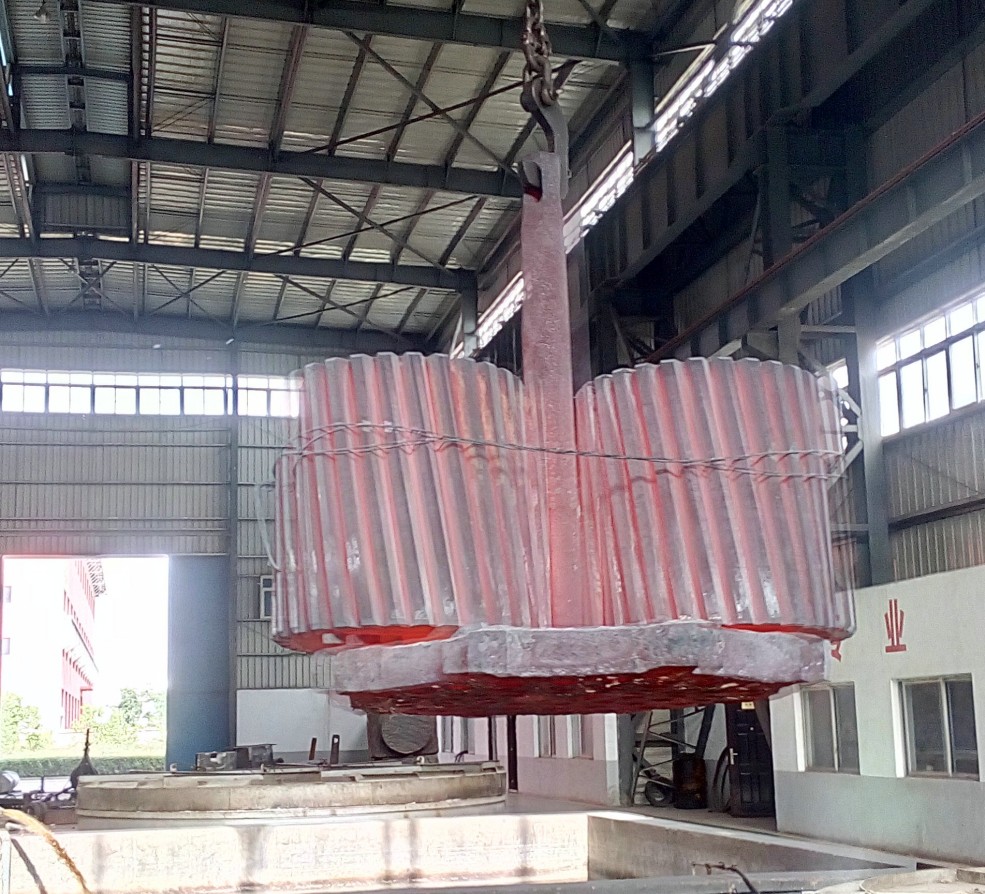
The significance of tempering the helical gear is to improve its comprehensive mechanical properties. Through the combination of quenching and high temperature tempering, the tempering treatment can increase the surface hardness of the gear, enhance the wear resistance and fatigue strength, while maintaining the toughness and good machinability of the core. This helps increase the service life and reliability of helical gears, ensuring stable operation under high load and impact conditions, reducing maintenance requirements and extending service cycles.
4.Finish machining
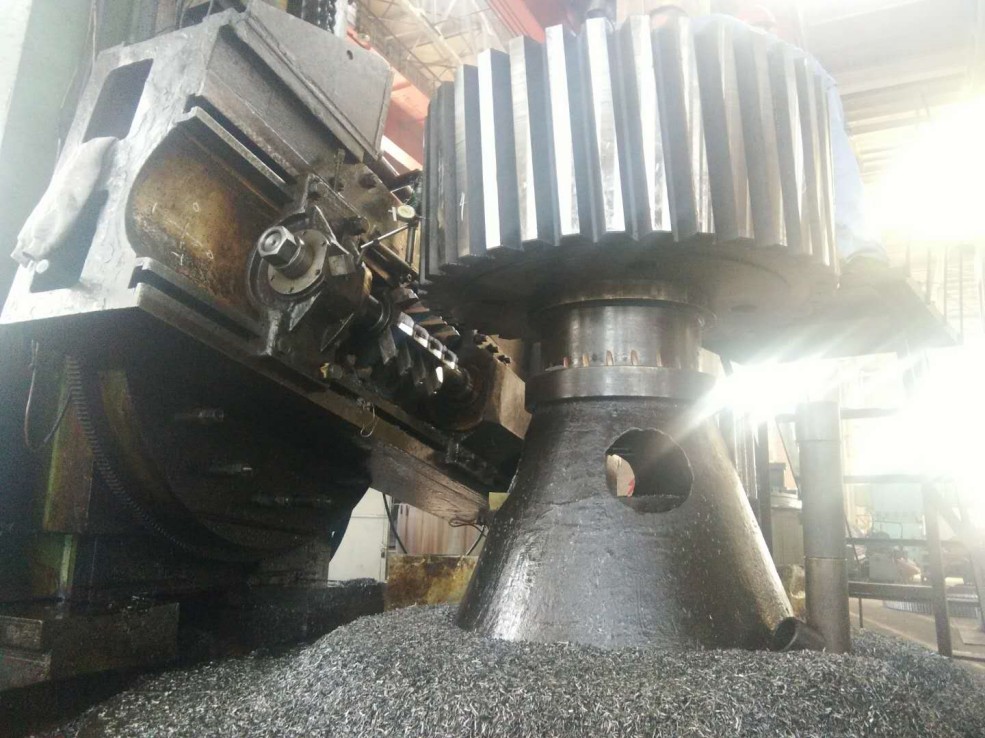
The significance of finishing the helical gear is to ensure that it meets the requirements of high precision size and shape, and optimize the quality of the tooth surface. Finishing can correct the error left by rough machining, improve the accuracy of tooth shape and tooth direction, reduce surface roughness, thereby reducing noise, vibration and wear, improve transmission efficiency and smoothness. In addition, it can ensure the correct engagement between the gears, enhance the reliability and durability of the transmission system, and meet the needs of high-performance mechanical applications.
5.Inspection
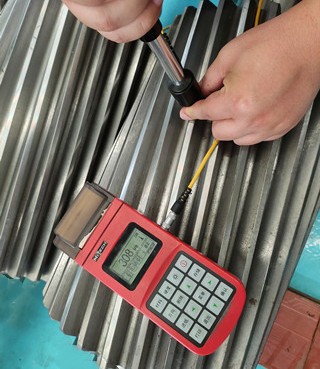
When the product is finished, we will inspect it. Ensure that its quality and performance meet design requirements and application standards. By accurately measuring dimensions, profile accuracy, surface roughness and material properties, manufacturing defects such as dimensional deviations, cracks or insufficient hardness can be detected to avoid potential failure risks. Strict testing ensures the reliability and durability of the gear under actual working conditions, reduces the later maintenance costs, and ensures the safe and efficient operation of the entire transmission system.
四. Usage
1. Wind turbine
2. Mining machinery (crusher, mill)
3. Rotary kilns for cement and metallurgical industries
4. Reducer

